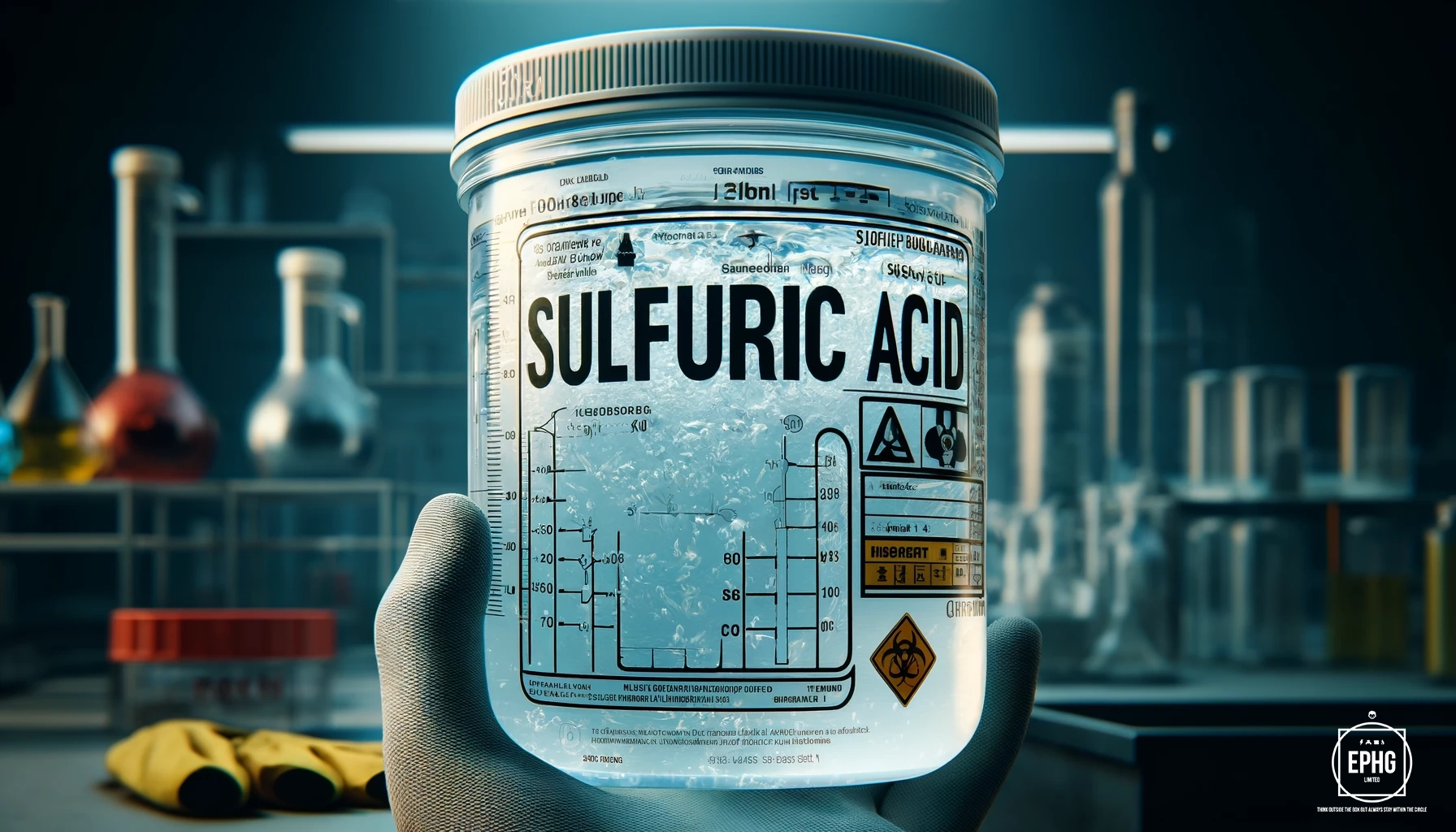Sulfur (S): From Ancient Discovery to Modern Applications
Introduction
Sulfur, symbol S, is a non-metallic chemical element known since ancient times and recognized for its yellow crystalline appearance. It plays a crucial role in various biological and industrial processes, making it an indispensable element in our daily lives.
Discovery of Sulfur

Sulfur, historically known as brimstone, was recognized and utilized by ancient civilizations, including the Egyptians, Greeks, and Chinese, primarily for purification rituals and medicinal purposes. Its combustible nature and distinct yellow color made it a significant substance in early alchemical practices. The element's official recognition came in 1777 when the French chemist Antoine Lavoisier conducted experiments that led to the understanding of Sulfur as a unique element. Lavoisier's experiments involved burning Sulfur to produce sulfur dioxide, demonstrating that Sulfur combines with oxygen and hence is a distinct chemical element rather than a compound. This pivotal discovery redefined the foundations of chemistry, establishing Sulfur's key role in chemical reactions and its classification as an essential element in the periodic table. This recognition of Sulfur's elemental nature was a significant milestone that enhanced the development of chemical science, paving the way for further scientific advances involving the element and its numerous compounds.
Sulfur in the Periodic Table
Sulfur is located in Group 16 of the periodic table, known as the chalcogens. It is highly reactive and forms compounds with almost all other elements. Sulfur's diverse chemical behavior, including its ability to form multiple oxidation states, makes it a vital participant in a wide range of chemical reactions. Explore more about Sulfur’s role and its neighbors in the periodic table.
Physical and Chemical Properties of Pure Sulfur

Pure Sulfur is notable for its bright yellow color and brittle nature in its elemental form. It is odorless and insoluble in water, but soluble in carbon disulfide. Upon combustion, Pure Sulfur produces sulfur dioxide, a toxic gas with a sharp, pungent odor. This reaction is critical in the production of sulfuric acid, one of the most important chemicals in industry, underscoring the essential role of Pure Sulfur in numerous industrial applications.
Applications and Technological Uses of Sulfur




Sulfur's applications are vast and diverse, impacting numerous industries with its essential properties:
- Agriculture: Sulfur is essential in the production of fertilizers, helping to increase crop yields and improve soil health. By contributing to the synthesis of vital plant nutrients like nitrogen and phosphorus, sulfur plays a pivotal role in the agricultural sector, ensuring food security and sustainability.
- Chemical Industry: It is a primary material in the manufacture of sulfuric acid, one of the most widely used chemicals in the world. Sulfuric acid is crucial in various industrial processes, including mineral extraction, waste water processing, and oil refining. Its applications extend to the production of detergents, synthetic resins, and dyestuffs, showcasing sulfur's versatility in industrial chemistry.
- Vulcanization of Rubber: Sulfur is used in the vulcanization of rubber, enhancing the elasticity and durability of rubber products. This process transforms natural rubber into a more durable material by creating cross-links between polymer chains, which is vital for manufacturing tires, hoses, and belts used in automotive and other heavy-duty applications.
- Pharmaceuticals: Sulfur plays a role in the production of antibiotics and other medicinal treatments due to its antimicrobial properties. It is used in the treatment of skin diseases, such as acne and rosacea, and is a component in anti-fungal medications and traditional ointments.
- Beauty and Skincare: Sulfur is an ingredient in many cosmetic products, known for its ability to treat acne and other skin conditions. Its antibacterial and keratolytic properties make it effective in exfoliating dead skin cells, reducing sebum production, and clearing pores, which helps in maintaining clear and healthy skin.
Extraction and Sources of Sulfur
Sulfur is primarily extracted from underground deposits through traditional mining or through the recovery of sulfur from petroleum and natural gas, where it exists in hydrogen sulfide form. Major sulfur mines are located in the United States, particularly in Louisiana and Texas, where vast salt domes contain rich sulfur deposits. Other significant sources include the volcanic regions in Indonesia and Sicily, where sulfur is a byproduct of volcanic activity. The extraction process often involves the Frasch process, where superheated water and compressed air are used to melt and lift sulfur to the surface.
Accompanying resources in these regions often include other valuable minerals and gases, such as gypsum, anhydrite, and hydrogen sulfide, which are extracted during the same mining processes.
Future Prospects of Sulfur

Looking forward, the potential applications for sulfur are expanding with technological and scientific advancements. Research is ongoing into the use of sulfur in advanced battery technologies, where it acts as a cheap and efficient conductor in lithium-sulfur batteries, potentially revolutionizing energy storage solutions. Additionally, sulfur's role in green chemistry initiatives, particularly in the development of sustainable fertilizers and environmental remediation techniques, points to its increasing importance in efforts to achieve environmental sustainability.












